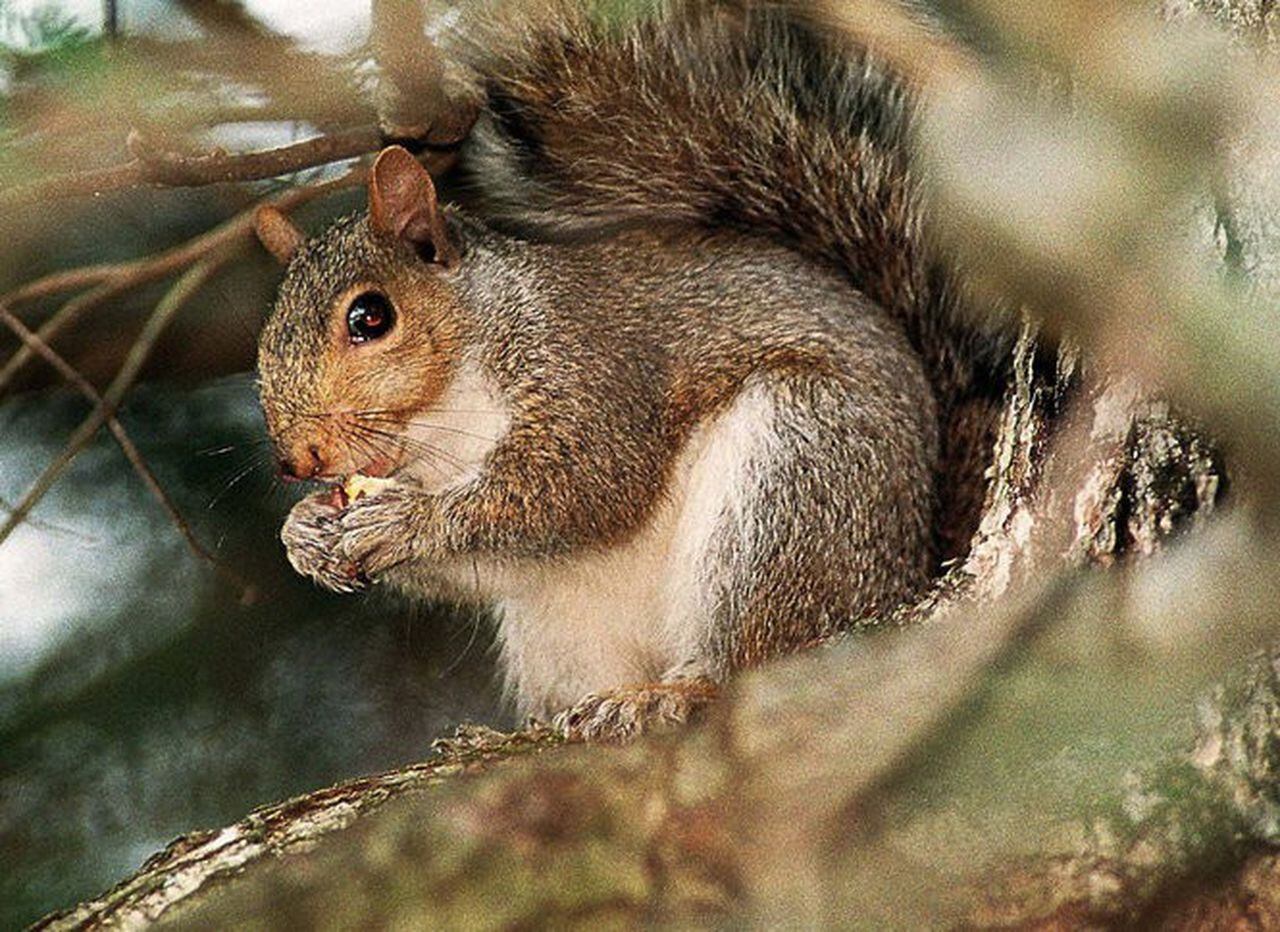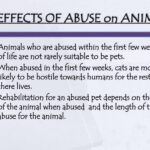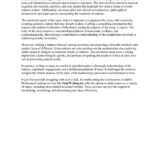In contemporary society, our interactions with wildlife are often dictated by a combination of legal standards, ethical considerations, and cultural perspectives. Redolent of childhood memories, parks and backyards brim with lively squirrels, skunks, and woodchucks. These creatures, while sometimes deemed nuisances, also evoke a deeper inquiry into their legal protection from cruelty. Are these charming yet mischievous animals safeguarded by law? To answer this question, we must explore the nuances of animal protection legislation, delve into the ethics of human-wildlife interactions, and examine the cultural perceptions that inform our responses to these species.
Across the United States, laws designed to protect animals can vary significantly from state to state. When it comes to squirrels, skunks, and woodchucks, their legal status is often classified under the umbrella of “nuisance” wildlife. These animals, which fall into the category of non-game species, are not afforded the same level of protection as endangered or threatened species. However, legal classifications can be deceptive. While they may not be explicitly listed under anti-cruelty regulations, many jurisdictions prohibit inhumane treatment, laying the foundation for a more humane approach to coexistence.
Legally, cruelty to these animals can manifest in various forms, including unnecessary killing, poisoning, and inhumane trapping practices. Many states have enacted comprehensive animal cruelty laws. These statutes, though primarily targeting domestic animals and pets, often extend their provisions to include wildlife under specific conditions. For instance, in states where trapping is permitted, individuals must adhere to regulations that stipulate humane methods for capture and euthanasia. Failure to comply can lead to fines and legal repercussions, illustrating a commitment to alleviating unnecessary suffering among all animals.
Pursuant to animal welfare principles, deeper inquiries arise surrounding the morality of trapping or exterminating animals such as squirrels, skunks, and woodchucks. These species display a fascinating resilience, thriving in diverse environments and adapting to urban encroachments. Their charisma frequently masks the underlying complexities of their existence, inviting individuals to reevaluate the conventions surrounding wildlife management. The reasons why humans may perceive them as pests are often rooted in misunderstandings about their behavior. For example, squirrels, in their quest for food, sometimes plunder gardens, and skunks release a noxious spray when threatened, contributing to their reputations as troublesome neighbors.
Yet, such interactions seldom occur in a vacuum. The expanding human footprint alters habitats, leading to an increase in conflict with these animals. As natural habitats shrink, wildlife finds resources where they can—often right in our backyards. This encroachment prompts the need for a critical examination of how we view animal behaviors. Rather than vilifying these creatures, understanding their ecological roles can foster a sense of harmony between urban dwellers and wildlife. Squirrels serve vital functions in forest regeneration, acting as seed dispersers. Moreover, skunks contribute to pest control, consuming various insect species, including agricultural pests.
The cultural perceptions surrounding these animals further compound the issue of their legal protection. In many areas, wildlife is romanticized and celebrated in literature, film, and folk tales, yet simultaneously labeled as nuisances when their behaviors disrupt human activities. This duality illustrates a conflict between reverence and resentment toward nature. When we idolize animals in stories, such as the cleverness of squirrels in children’s books, we develop an appreciation for their intelligence and adaptability. However, when they invade our spaces or damage our property, our patience can wane, leading to a push for lethal control measures. Such duality begs the question—how do we reconcile our admiration for wildlife with our desire to maintain order in our lives?
A thoughtful approach toward wildlife management should be informed by an understanding of animal sentience and the ethical implications of our choices. The desire to eliminate or control these creatures often stems from a lack of alternative solutions. Non-lethal methods exist, such as habitat modification, exclusion techniques, and humane deterrents, which can mitigate conflicts without resorting to harm. Encouraging coexistence rather than eradication should be the goal of any sustainable strategy for wildlife management. For instance, understanding squirrel behaviors can lead to simple garden protection measures, thereby preventing excessive damage without causing harm to the animals themselves.
Moreover, advocating for better public education on humane wildlife interactions is essential. Community outreach programs can help dispel myths surrounding these animals and provide guidance on peaceful coexistence. By fostering a culture of compassion, we can shift public perception away from viewing these creatures solely as pests and toward recognizing their intrinsic value within our ecosystems.
In revisiting the question of whether squirrels, skunks, and woodchucks are legally protected from cruelty, the intricacies of animal welfare laws reveal both gaps and opportunities. While existing regulations may not provide explicit protections against cruelty, they underline a societal obligation to treat all creatures with respect and dignity. Animals are not merely subjects of nuisance; they are integral facets of our shared environments, deserving of our consideration.
As stewards of the earth, it falls upon us to foster a symbiotic relationship with wildlife. The answer to this multifaceted inquiry extends beyond mere legalities; it calls for a transformation in how we perceive our animal neighbors. Ultimately, by embracing compassion and empathy, we can cultivate a world where humans and wildlife coexist harmoniously, ensuring protection for all species that share our spaces.








